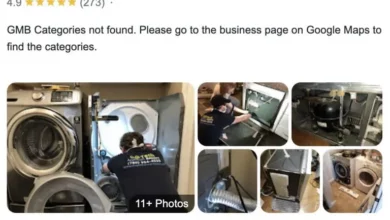Automated optical inspection(AOI) solution overview

Place of the AOI system in the line
AOI systems can be installed in the SMT line after the screen printing machine, component setting machines and reflow oven. There are also specialized AOIs for quality control of soldering pin components and applying moisture-proof coatings.
The AOI system installed after the paste application operation detects the following types of defects:
- lack / excess of paste on the contact pads;
- displacement of the paste relative to the pads;
- jumpers;
- paste lubrication.
The AOI system installed after the component installation operation detects the following types of defects:
- absence of a component;
- linear and/or angular displacement of the component;
- incorrect component polarity;
- resistor flip;
- wrong rating of the component (inscription on the component case).
The AOI system installed after the reflow oven can detect all types of defects known in surface mounting:
- absence of a component;
- linear and/or angular displacement of the component;
- incorrect component polarity;
- resistor flip;
- incorrect component rating (inscription on the component case);
- lack/excess of solder;
- incorrect formation of the fillet;
- billboard (rib component);
- tombstone (tombstone effect);
- raised output of the microcircuit.
AOI systems control
The ideal option is, of course, the presence of AOI systems at each stage of the technological process. After all, timely prevention of defects is much cheaper than their elimination at subsequent stages. However, this means serious investments, for which most industries are not ready. If there is only one AOI system, then the system after the reflow oven should work.
Such a system is not only a tool for detecting defects, but also a tool for assessing the stability of the entire technological process of manufacturing printed circuit assemblies. Having information about the detected defects, it is possible to assign them to the technological operation that is “guilty” of their occurrence. For example, the lack of solder works with the screen printing operation, the lack of a component. And resistor flips work with the operation of installing components, etc. Thus, it is possible to recognize negative trends in the technological process in a timely manner and take corrective actions.
AOI system detection
During operation, the AOI system detects suspected defects and transmits information about them to the repair station. Binding of detected defects to printed circuit assemblies is usually carried out by reading both the AOI system and the operator of the repair station of the barcode printed on the printed circuit assembly. The repair station is a separate workplace with a computer with the appropriate software. Images of each defect received by the AOI system from different angles show on the monitor to help the operator in evaluating the decision of the inspection system.
The operator of the repair station, inspecting the alleged defects detected by the AOI system, makes the final decision on whether it is: a real defect, an acceptable process variation, or a false positive. Depending on the number of defects and the complexity of the repair, the operator can either eliminate the defect on his own, or mark the place of the defect in one way or another.
Another task of the repair station operator is to classify suspected defects. By pressing the appropriate keys on the keyboard, the operator either confirms the found defect, or marks it as an acceptable variation of the process, or states a false positive. Allowable variations or process indicators are especially important for process control. Special software, processing the information entered by the operator, can signal the appearance of a negative trend in real time. For example, the appearance of a large number of acceptable defects associated with a lack of solder in solder joints serves as a signal to add paste to the screen printing machine.




